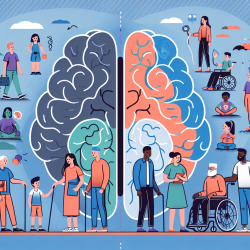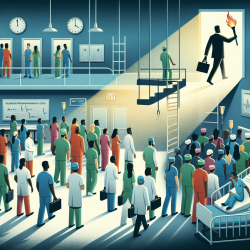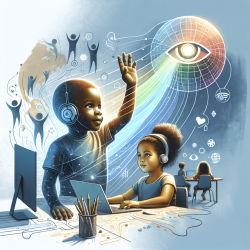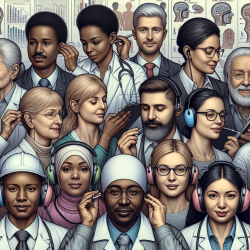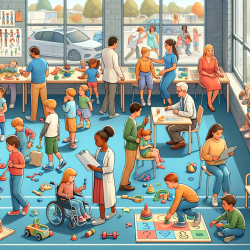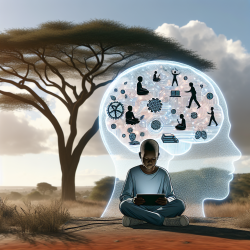Understanding the Role of the Amygdala in Autism: Insights from Recent Research
As a Special Education Director, staying informed about the latest research is crucial for enhancing our understanding of autism spectrum disorders (ASD) and improving educational strategies. A recent study titled "Does bilateral damage to the human amygdala produce autistic symptoms?" offers intriguing insights into the neurological underpinnings of autism.
The Study: Key Findings
The study investigates whether bilateral damage to the amygdala, a brain region often associated with social cognition, results in autistic symptoms. Conducted by researchers Paul, Corsello, Tranel, and Adolphs, the study assessed two individuals with developmental-onset bilateral amygdala lesions. Despite the amygdala's known role in social behavior, neither participant exhibited symptoms consistent with autism spectrum disorders.
These findings challenge the hypothesis that amygdala dysfunction alone is responsible for autism. Instead, the study suggests that it might be the abnormal connectivity between the amygdala and other brain structures that contributes to the social impairments seen in autism.
Implications for Practitioners
For practitioners working with individuals with autism, these findings highlight the importance of considering the broader neural networks involved in social cognition. Here are some ways to apply these insights in practice:
- Focus on Connectivity: Recognize that autism may involve complex interactions between multiple brain regions. Interventions that enhance connectivity, such as social skills training and cognitive behavioral therapy, could be beneficial.
- Holistic Assessments: Use comprehensive assessments that evaluate various aspects of social cognition, rather than focusing solely on the amygdala or any single brain region.
- Collaborative Approaches: Work with neurologists and psychologists to develop multidisciplinary strategies that address the diverse needs of individuals with autism.
Encouraging Further Research
While this study provides valuable insights, it also underscores the need for further research. Understanding the precise neural mechanisms underlying autism could lead to more targeted and effective interventions. Practitioners are encouraged to stay updated with ongoing research and consider participating in studies that explore the complex neural networks involved in autism.
To read the original research paper, please follow this link: Does bilateral damage to the human amygdala produce autistic symptoms?
